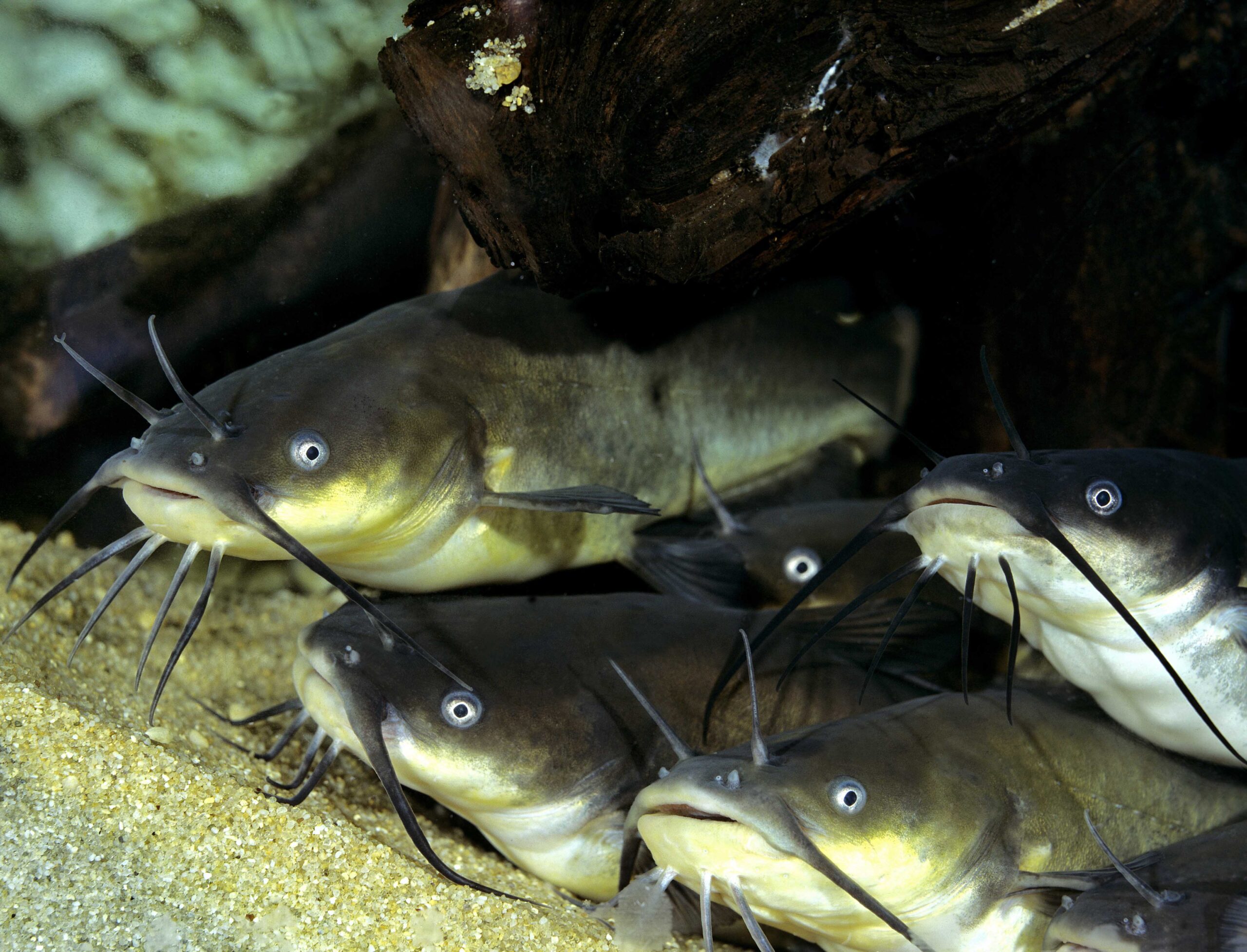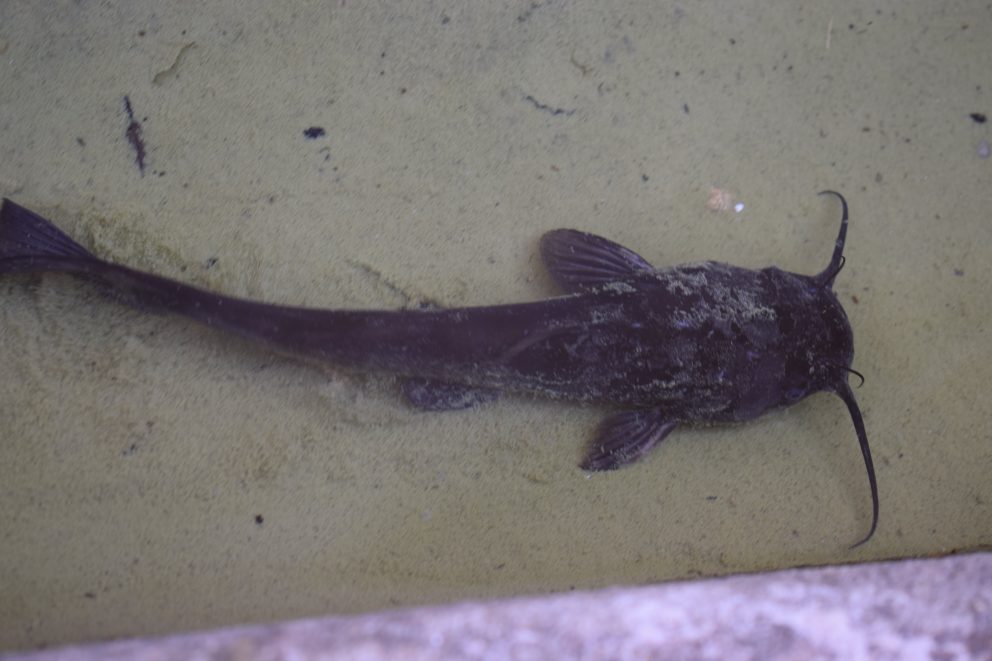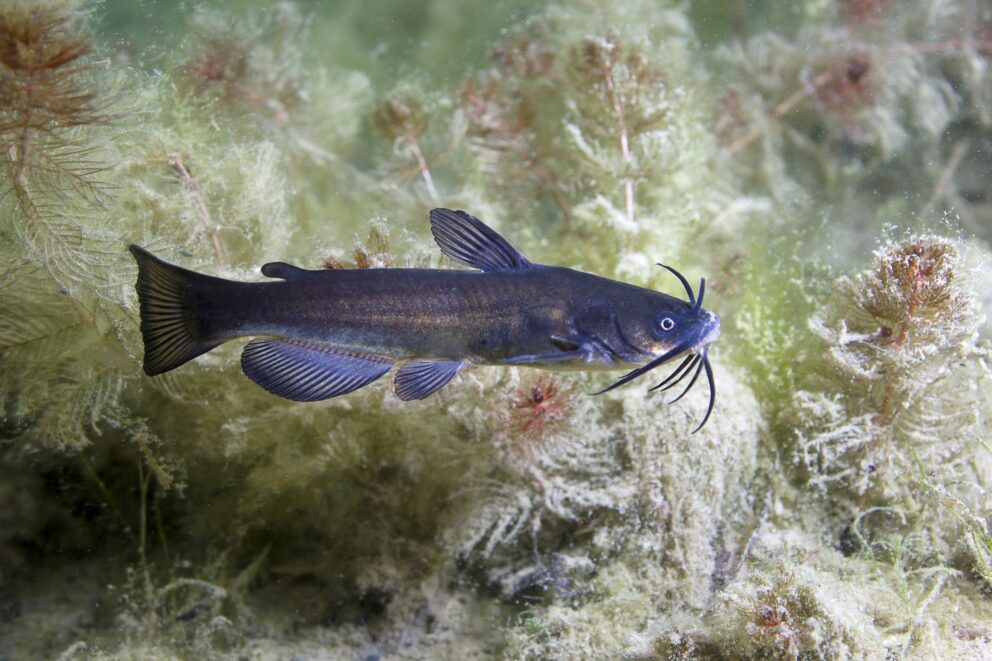- SCIENTIFIC NAME
- Ameiurus melas
- CLASSIFICATION
- Fish
- LIFE SPAN
- 3-10 Years
- SIZE
- 3-22” | 1-7lbs
- STATE CONSERVATION STATUS
-
- Unprotected
- FEDERAL CONSERVATION STATUS
- Least Concern
- GAME STATUS
- Game
- Washoe
- Humboldt
- Pershing
- Churchill
- Mineral
- Lyon
- Douglas
- Carson City
- Storey
- Elko
- Lander
- Eureka
- White Pine
- Esmeralda
- Nye
- Lincoln
- Clark
Habitat & Range
Bullheads are native to central North America between the Rocky and Appalachian mountains from the great Lakes region south to Texas. They have been introduced extensively throughout North America. Bullheads are commonly found in farm ponds and reservoirs throughout Nevada.
Threats
- Larger Fish
- Predation
Natural History

The native range of the Bullhead extends from east New York and the Appalachian Mountain to the west coast, and from central Canada to northern Mexico. Bullhead’s are known to be voracious predators of newly hatched gamefish and population density of the Bullhead can great affect their growth. Spawning for the Bullhead occurs between May and July. Once the nest is built and the pairing is finished, the eggs are guarded by the female for the first day, then the male will guard it for up to 10 days. The Bullhead’s barbels are used to pick up both chemical and hydrodynamic cues by prey. Additionally, the swim bladder is used to sense vibrations as well as communicate.
Fun Facts














